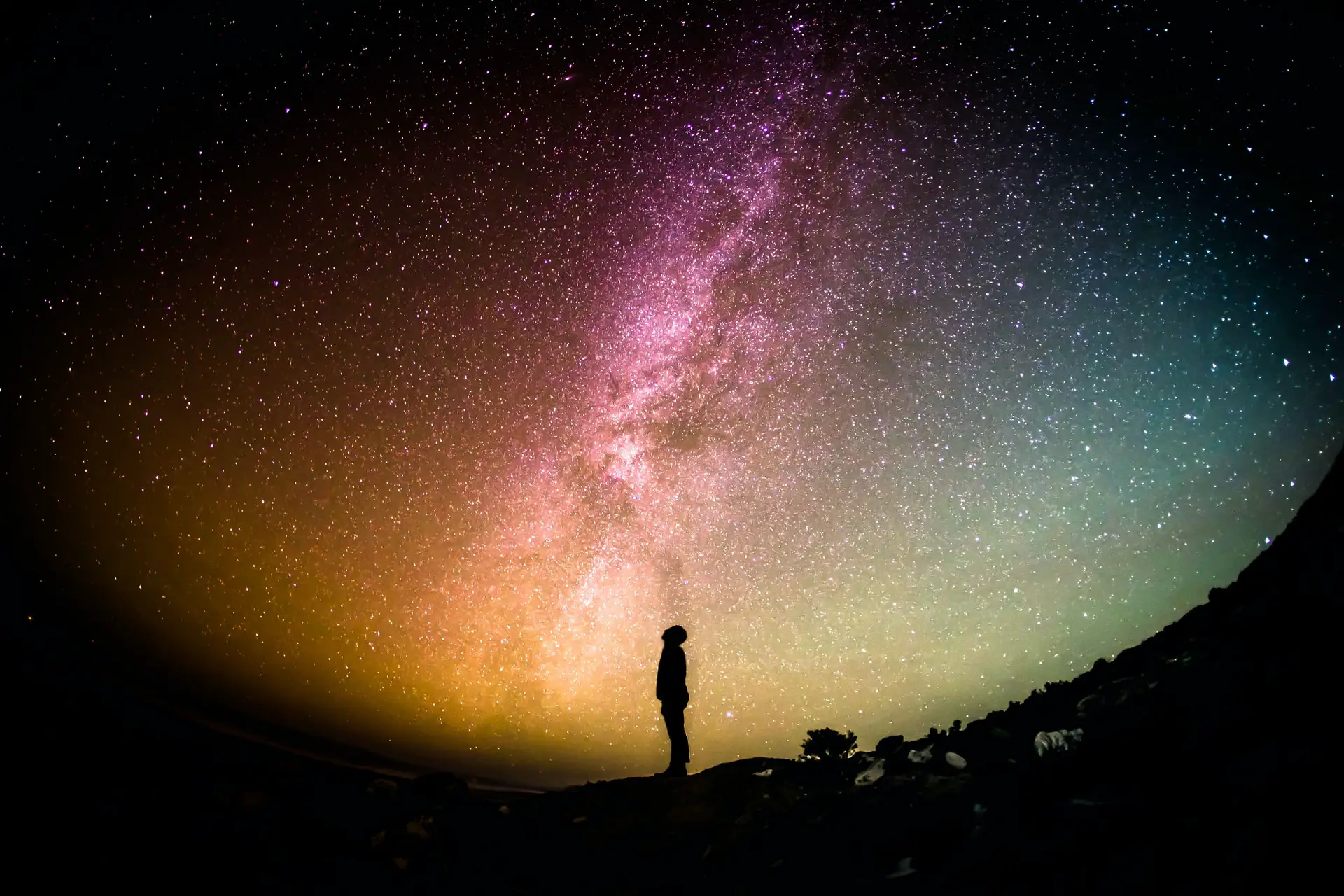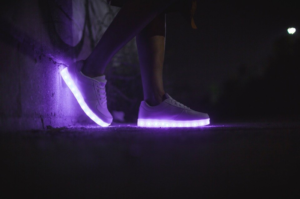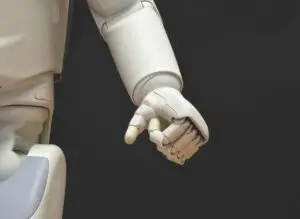Danny Milisavljevic, the assistant professor of physics and astronomy at Purdue University, is teaching his students astronomy by making them touch the stars. He has deployed an exciting and innovative tech to enable his students to explore space through virtual reality headsets.
The remarkable technology enables the students to connect while being in different locations using virtual reality headsets made of lightweight, relatively inexpensive, and commercially available hardware. The professor used the technology for the first time to teach his Intermediate Astronomy II class last month.
Students can fly through space and check out several astronomical objects, including stars and supernovae, in the virtual reality environment. They can also engage with the things and observe how they have transformed over time. Similar systems eventually could enable students to study other subjects, including microscopic or cellular data, anatomy, geospatial terrains, historical locations, or even complex animated machinery.
Milisavljevic’s solution costs hundreds of dollars per unit rather than thousands for the solutions developed by other companies and institutions in the domain. It is more scalable and less expensive that drastically improves accessibility, and most importantly, allows students to learn and collaborate from anywhere in the world using the Internet.
Milisavljevic had been working on the platform for a while, but the pandemic gave him the opportunity to apply for a National Science Foundation RAPID Grant to help him develop this technology amid the concurrent mandates for socially distanced learning for allowing students to continue learning effectively in a virtual environment.
“I was awarded an instructional innovation grant as a learning aid,” Milisavljevic said. “We put on this headset, or even on a PC or Mac, and now we can all be in the same virtual environment. The instructors and students have great control over what we’re seeing, and we can collaborate to understand the stellar dynamics happening in distant galaxies and nebulae.”
The first test of the technology in a classroom environment was enormously well-received as his students responded overwhelmingly positively.
“This is the coolest thing I have done in a year!” wrote one student. “It’s just plain fun, and it’s super visually helpful for a subject like astronomy where things can be hard to visualize in 2D.”
“It was an awesome experience,” another wrote. “I felt as though I was actually walking around in space and the real-time manipulation of the stellar remnant renderings really added to the learning experience.”
Follow us on LinkedIn
Read other Articles





